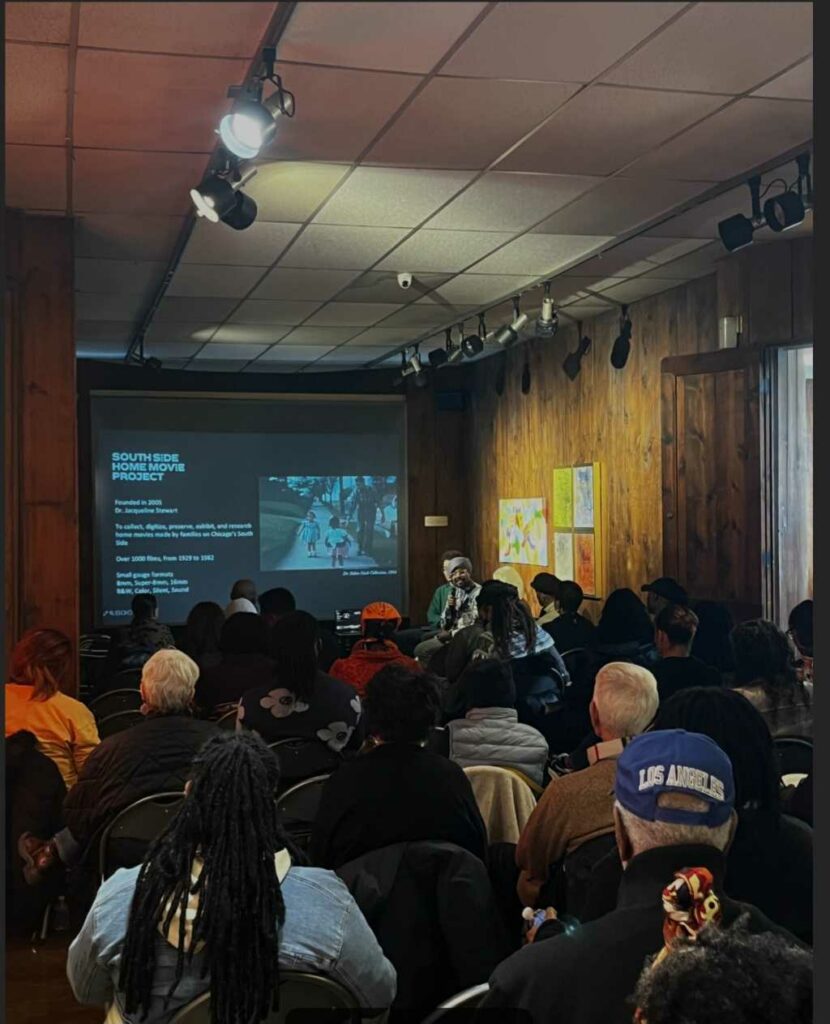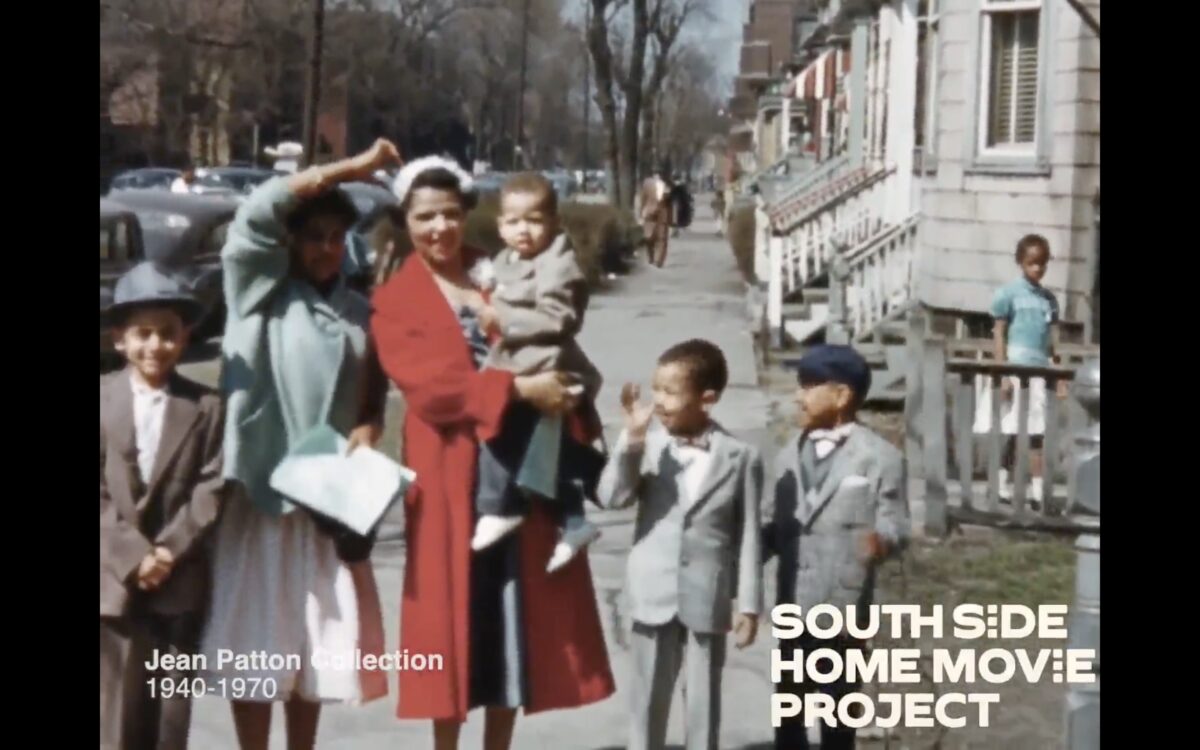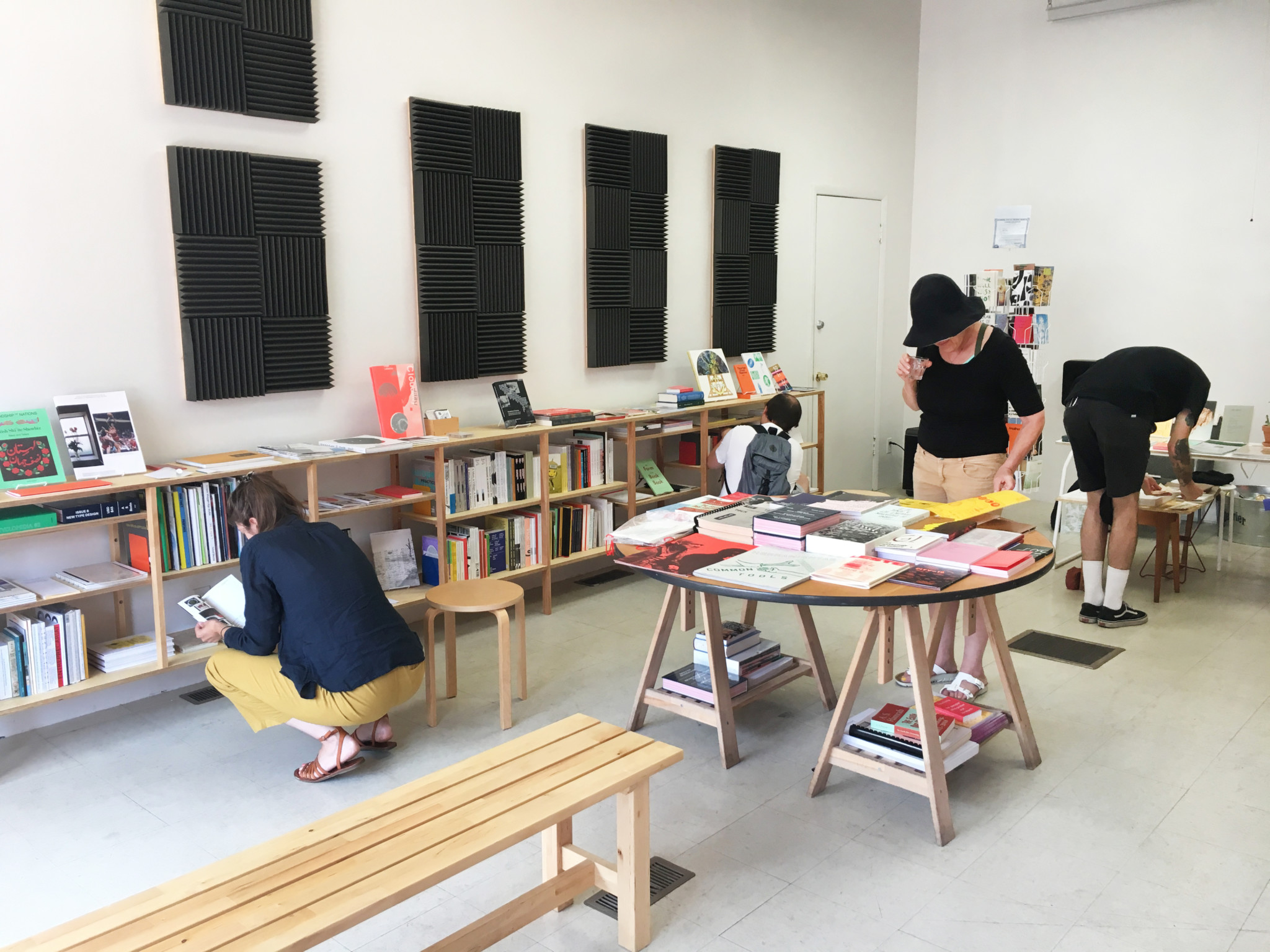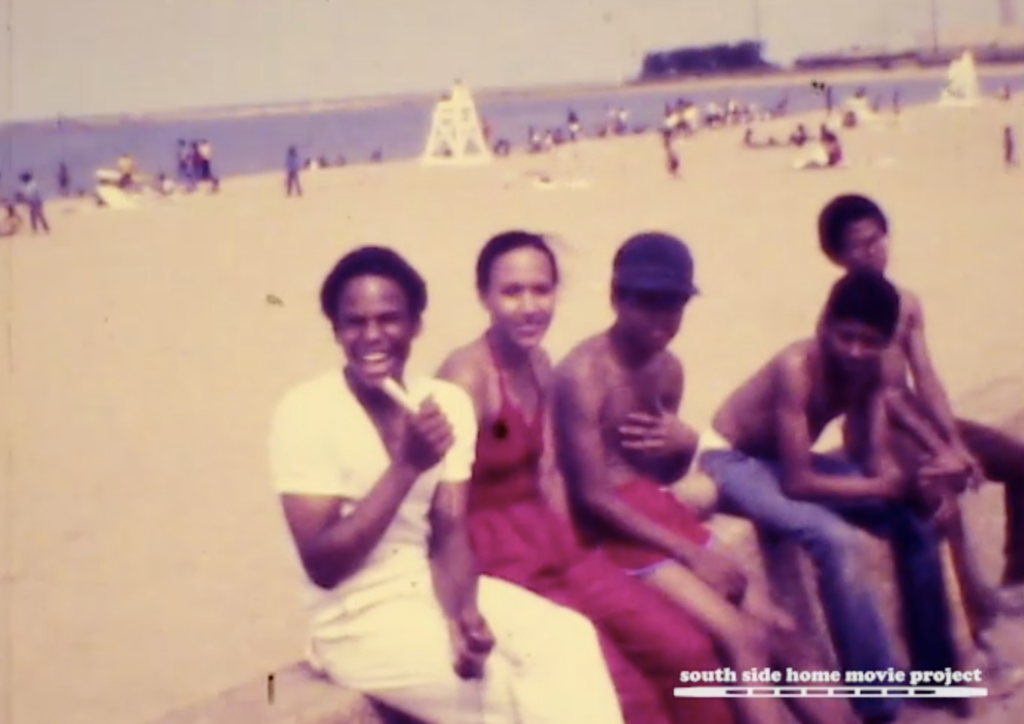Among forgotten knickknacks and mementos of yesteryears there may be hidden gems waiting to be discovered on closet shelves or boxed away—in the form of home movies. Reels of film, once thought lost to time, often hold within their frames a wealth of cultural and societal information that can provide the viewer with invaluable insights into the lived experiences of those featured in the films from a pre-digital era.
The South Side Home Movie Project (SSHMP) houses over 1,000 film reels (in 8mm, Super 8, and 16mm formats) from forty South Side families within its vault, and aims to build an alternative, accessible visual record, filling gaps in existing written and visual histories and ensuring that the diverse experiences and perspectives of South Siders will be available to larger audiences and future generations.
The project was founded in 2005 by University of Chicago professor of Cinema and Media Studies Dr. Jacqueline Stewart. In 2019, it joined Arts + Public Life, an initiative of UChicago Arts, as part of the university’s commitment to cultural preservation.
The SSHMP’s activities include free community workshops, screenings, exhibitions, virtual events, and symposiums. One such symposium was the BMRC or Black Metropolis Community Symposium which was held on March 13. The free, virtual event included BMRC members and affiliates, and its purpose was to discuss the latest ways in which to document Black experiences in Chicago.
In my home, my father was the designated filmmaker. He still is. He took pictures of virtually everything happening in our life in Avalon Park, like family dinners, road trips, school recitals, weddings, and birthdays. My mother, sister, and I were frequent subjects of my father’s home movies, and even our pets made cameos down through the years.
Back then, I didn’t always appreciate participating in the moviemaking process, but now I am deeply grateful, especially since those moments no longer include my mother, who passed on a few years ago. Thanks to my father’s Super 8 films of our family, I can still see my mother in motion, as I remember her: smiling, laughing, talking, and full of life. That is only one of the benefits of preserving one’s home movies.
In addition to serving as a platform for sharing and reliving precious moments, home movies reveal what life used to be like, and within their frames, we catch glimpses of domestic routines, social norms, common leisure activities, and the urban landscape as a whole.
But just like memories, home movies shot on film don’t last forever. They must be preserved and properly stored to ensure that the unique stories they contain can last as long as possible. Yet the process of preserving family films and their content is not without its challenges, according to Saroop Singh (aka Justin Williams), lead archivist and assistant director for the SSHMP.
Singh, who started with SSHMP in 2020, works with residents of the South Side to collect and preserve their home movies through digitization.

“This is a field that is fairly new, maybe the last thirty to forty years,” Singh said. “And, so it’s a constant learning activity of figuring out how to care for things that maybe when they were produced for consumer use, there wasn’t necessarily the intention of…this might be around for fifty, sixty, or 100 years.”
And that’s a primary focus of the SSHMP—longevity.
Donors work directly with an SSHMP archivist who will gather details about each donated film (such as the year and locations) and determine if it meets eligibility for inclusion in the archive.
“In the early 2000s, archivists across the country, and also the world, were starting to get a little concerned about all this local history that was ending up in the trash. But people weren’t calling it local history. They thought, ‘oh, I got all these films in my house, and we don’t have a projector that works anymore’. You know, someone might have died, ‘do you want this? Nope. Okay, it’s going into the trash or going into a garage sale’. Same thing was happening for local media outlets like public television and things like that,” said Singh.
Collections from South Side families include hours upon hours of footage covering a wide range of topics such as a family’s trip to the Brookfield Zoo in 1963 (Philip Maxwell Sr. Collection), visits to various Chicago parks, such as Washington Park, and road trips to places like Silver Springs, Florida (Frederick Atkins Collection).
So, why would a donor family decide to share their private collections with the SSHMP for the general public to view? According to Signh, most donors cite the importance of establishing a family legacy and wanting the memories to be passed down.
“A lot of them would be what [you’d] consider your family historian or your family Grio,” said Singh. “So, in many ways, they are caretakers of their family stories and they happen to just have this box of films, too.”
One such donor, who happens to be the caretaker of the family story and possesses a box of movies to match, is Lora Branch. A pioneer on the Chicago House Music scene as one of the first women DJs and promoters, Branch, also known as DJ Lori, has contributed five films shot between the 1930s and 1985. “If you look at these films from Englewood, it seems ideal like suburban-looking streets, you know, just got lots of neighbors, we had white neighbors, we had Black neighbors, it was a time of transition. And this was in the 50s and 60s,” she said.
The Lora Branch collection contains footage shot by her father, Charles Branch, and her uncle, Jack L. Cooper (the first Black syndicated DJ in the country) and includes clips of the family living in Morgan Park with added scenes of their annual Roberts Family Picnic in the Dan Ryan Woods and family trips to Tennessee.
“As part of this process, you start asking questions and you find people who have stuff,” said Branch, whose cousin Elizabeth told her about the project. She said she’ll continue donating family films, adding that she’s asked her siblings for permission and “they’re cool about it.”
Finding people who have stuff and preserving the very films that represent their lives on the South Side of Chicago is what the South Side Home Movie Project is all about. Anyone interested in finding out more about SSHMP can visit their website.
Dierdre Robinson is a writer and accounting manager in Chicago who has a BA in Journalism from Michigan State University. She last wrote about space sharing between artists and places of worship.





I’m happy to report that I am elated to have ran across this gem! As a 70 year old female who was born and bred in Chicago’s Bronzeville, Hyde Park and Englewood neighborhoods, I can appreciate every word, snipet and heartfelt expression here. What a novel idea!
Thank you.